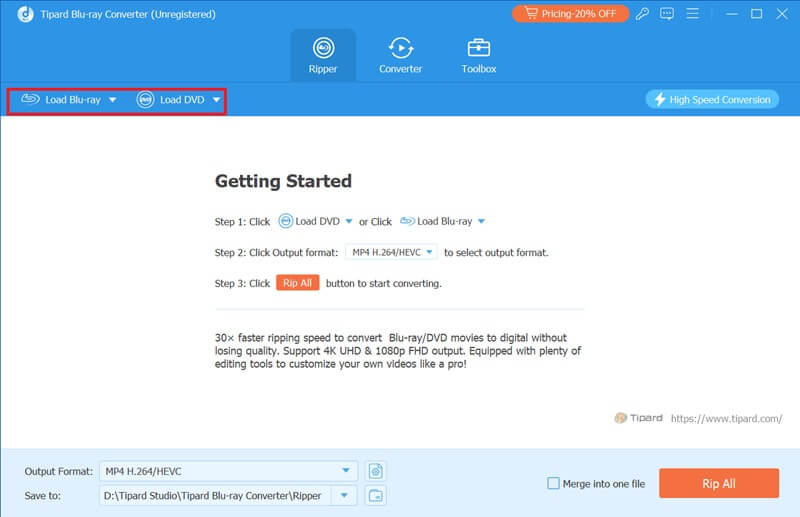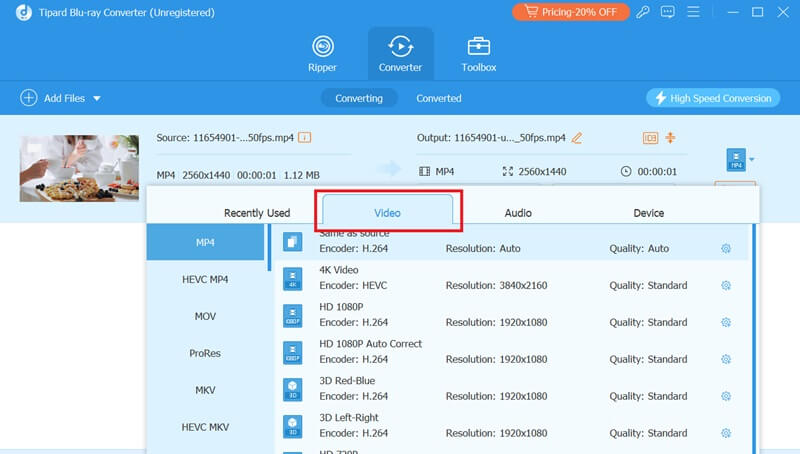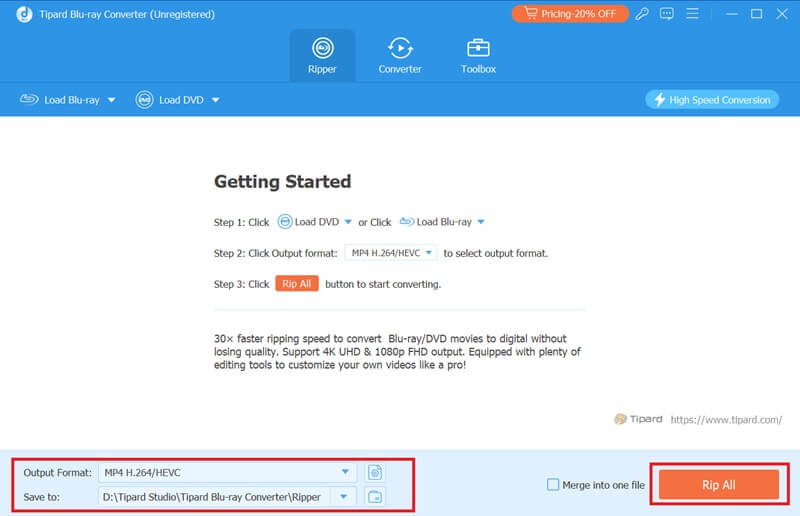Do you still remember those precious DVDs at home? It feels unreal to think that, much like us, the DVDs can evolve and upgrade themselves. They have come a long way from grainy DVD screens to high-definition Blu-ray and 4K video quality that borders on almost the same clarity we capture with our eyes. The question many people ask is, Is Blu-ray 4K? Nevertheless, even at great quality, these formats have some limitations. Hence, discussion on three optical disc formats is done across six categories, which go a long way in helping one determine the advantages and limitations of each format and which is best for your preference.
Part 1. Comparison of 4K, Blu-ray, and DVD
1. Picture Quality
4K has the best picture quality compared to Blu-ray and DVD. It supports High Dynamic Range (HDR), providing clearer and better color. 4K is commonly used in digital television and digital cinematography because of its display resolution of approximately 4,000 pixels, producing high-quality content and making movies more enjoyable to watch. When comparing 4K Blu-ray movies to standard Blu-ray, the 4K version offers superior clarity and detail. Meanwhile, Blu-ray's picture quality is a substantial upgrade over DVD. It provides 1080p resolution and high bit rates with lesser compression, which enhances details. Lastly, DVD has the lowest resolution, offering standard definition video with a resolution of 480p, resulting in grainy and dull pictures.
2. Audio Quality
The three formats also have significant differences when it comes to audio quality. 4K Blu-ray has advanced audio formats such as Dolby Atmos and DTS. It gives an immersive sound experience via object-based audio. Blu-ray also offers high-quality audio with Dolby TrueHD and DTS-HD Master Audio formats, although it doesn't have the advanced features that 4K does. On the other hand, in most cases, DVDs are limited to only having a standard Dolby Digital audio that provides less detailed surround sound than Blu-ray and 4K.
3. Storage Capacity
Storage capacity differs across formats, running 4K UHD discs from 66GB to 128 GB. These can carry much bigger files for the video and quality audio tracks without any degradation in quality. In the debate of Blu-ray vs 4K, Blu-ray discs come with 25GB for their single layer and 50GB for their dual-layer options, enough for HD content but less capable than 4K. Conversely, DVDs normally take about 4.7GB for single-layer and 8.5GB for dual-layer discs, reducing the amount of high-quality content stored on them.
4. Device Compatibility
Different formats have different requirements for compatible devices. For example, 4K UHD discs cannot be used without a 4K UHD player and a 4K display, and not all Blu-ray players currently on the market can play 4K discs. In the 4K UHD vs Blu-ray comparison, almost all the game consoles and Blu-ray players of the modern day play DVDs; hence, Blu-ray discs are more compatible. On the other hand, very few devices won't play a DVD since almost all DVD players and most Blu-ray devices will be compatible with a DVD.
5. Price
While regular Blu-ray discs are more budget-friendly, coming in at around $15 to $25, Blu-ray vs 4K Ultra HD discs show a noticeable price difference. 4K UHD Blu-ray discs are usually more expensive, costing around $25 to $30 apiece, and most of the time even higher for new releases. Blu-ray discs cost between $15 to $25 and are a more affordable route than 4K. Lastly, there are DVDs, the cheapest of these, with discs running normally from $5 to $15 again, depending on the title and format.
6. Convenience and Ease of Use
4K offers superior quality but calls for specific hardware, so in that respect, it is more convenient for users with compatible devices. Blu-ray represents a good middle ground in that most households with modern equipment can easily access Blu-ray material. DVDs are most convenient for older equipment since they can be played on almost any standard player.
Part 2. How to Convert Blu-ray/DVD to 4K Video
Tipard Blu-ray Converter is a user-friendly software that converts any Blu-ray disc, DVD, or video file into over 500 digital formats, including popular ones like MP4 and high-definition ones like 4K Blu-ray or 4K UHD. Advanced technology has maintained the original quality and provided conversion speeds that are up to 30 times faster than standard methods. It can add subtitles, filters, audio tracks, and crop or merge videos. Workable on both Windows and Mac OS, this is the solution to digitize and edit your media collection all in one.
Now, to convert Blu-ray/DVD into 4K video using Tipard Blu-ray Converter, follow this step-by-step guide:
Step 1Download and Install the Software
Tipard Blu-ray Converter can be downloaded from its official site or any authentic download resource like this article. Just click the link below and ensure it is compatible with your device.

TRY IT FREE For Windows 7 or later
 Secure Download
Secure Download
TRY IT FREE For Mac OS X 10.13 or later
 Secure Download
Secure DownloadStep 2Load Your Blu-ray/DVD
Place the Blu-ray or DVD disk in your computer's drive. Hit the Ripper tab at the top of the software interface and select either Load Blu-ray or Load DVD to import the content you want to convert.

Step 3Customize Additional Settings (Optional)
Hit the Custom button to change the video quality, add subtitles, or replace audio tracks. If needed, the program can apply filters, crop, rotate, and combine videos.

Step 4Select Output Format
Then, go to the Format menu. From the format menu, choose any output format that would support the 4K resolution settings, such as MKV or MP4. All other settings can then be changed according to requirements about quality, encoder, frame rate, and bitrate.

Step 5Initiate Conversion
Finally, when everything is set, hit Rip All at the bottom right part of the interface. This will alert the conversion in the software and begin the process designed for high speeds - up to 30 times faster than traditional conversion.
Once the conversion is complete, find the output file in the Saved To folder that you set. You can now enjoy your converted 4K Blu-ray movies or video.

In conclusion, go for 4K Blu-ray if you have a 4K Ultra HD TV and player and want the best picture and audio for an immersive home theatre. Blu-ray and 4K offer great content but are at very different levels of detail and clarity. Choose Blu-ray if you have an HD or 4K TV but don't yet have a 4K player since it balances high-definition quality and cost. DVDs are best for older equipment or tight budgets, where standard definition and wide compatibility make them practical for casual viewing.
Full-featured multimedia player to play Blu-rays, DVDs, 4K UHDs, and other video/audio files.




